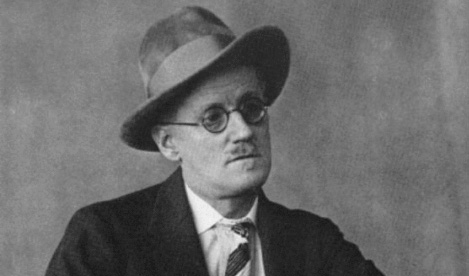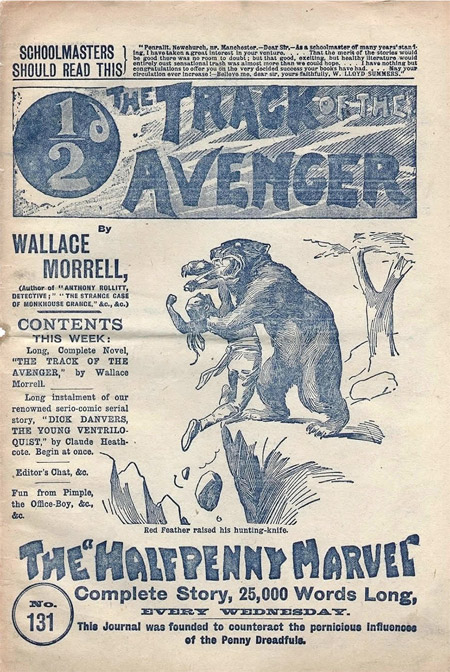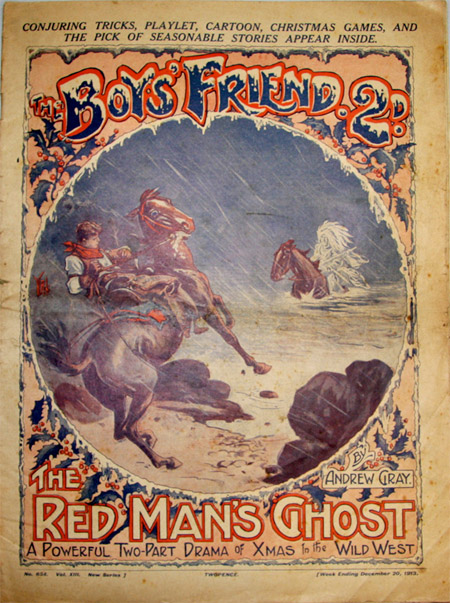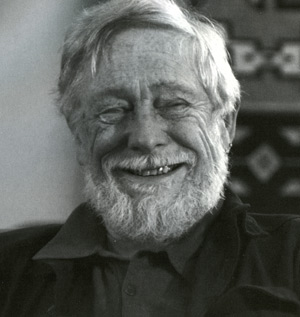Impressions of the West: Mark Twain
 Thursday, March 17, 2011 at 9:46PM Tweet
Thursday, March 17, 2011 at 9:46PM Tweet  Photo courtesy of Encyclopedia Britanica Blog
Photo courtesy of Encyclopedia Britanica Blog
In 1861, at the tender age of 26, Mark Twain embarked on several years of 'variegated vagabondizing' - via an overland stage coach - in the Far West. The original purpose for the journey was to work as private secretary to his brother, who had just been appointed the Secretary of Nevada Territory. Twain envied his brother because:
"Pretty soon he would be hundreds and hundreds of miles away on the great plains and deserts, and among the mountains of the Far West, and would see buffaloes and Indians, and prairie dogs, and antelopes, and have all kinds of adventures, and may be get hanged or scalped, and have ever such a fine time, and write home and tell us all about it, and be a hero."
Roughing It, Mark Twain, Chapter I
And so Twain made the journey that would yield Roughing It, still one of the best, and most fun to read, books on the American West.
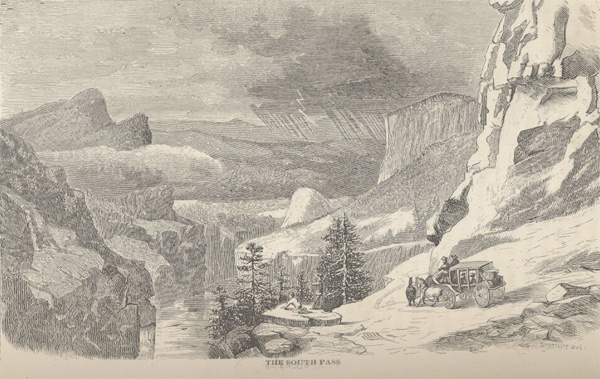 The South Pass, from Roughing It
The South Pass, from Roughing It
Here is Twain's description of South Pass, Wyoming:
"And now, at last, we were fairly in the renowned SOUTH PASS, and whirling gayly along high above the common world. We were perched upon the extreme summit of the great range of the Rocky Mountains, toward which we had been climbing, patiently climbing, ceaselessly climbing, for days and nights together—and about us was gathered a convention of Nature's kings that stood ten, twelve, and even thirteen thousand feet high—grand old fellows who would have to stoop to see Mount Washington, in the twilight. We were in such an airy elevation above the creeping populations of the earth, that now and then when the obstructing crags stood out of the way it seemed that we could look around and abroad and contemplate the whole great globe, with its dissolving views of mountains, seas and continents stretching away through the mystery of the summer haze."
Roughing It, Mark Twain, Chapter 12
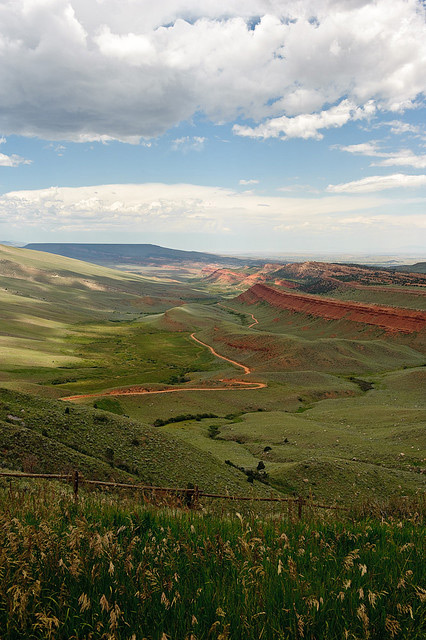 Near South Pass, Wyoming. Photo courtesy of tomwestbrook
Near South Pass, Wyoming. Photo courtesy of tomwestbrook
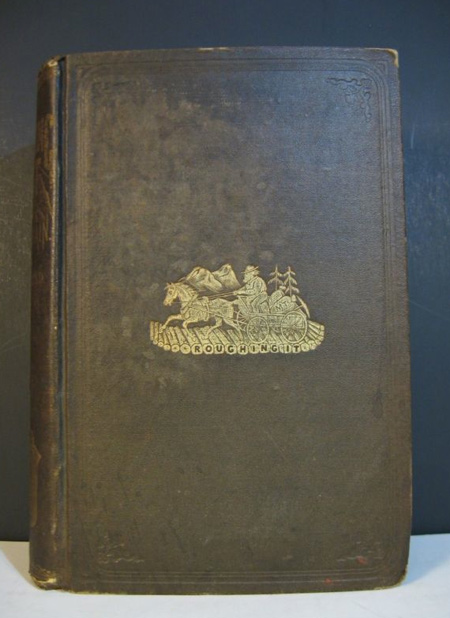 First edition of Roughing It, by Mark Twain
First edition of Roughing It, by Mark Twain
 Far West,
Far West,  Mark Twain,
Mark Twain,  Roughing It,
Roughing It,  South Pass,
South Pass,  Wyoming,
Wyoming,  stage coach | in
stage coach | in  Books,
Books,  My West,
My West,  My-West.com,
My-West.com,  Writers Camp
Writers Camp 
